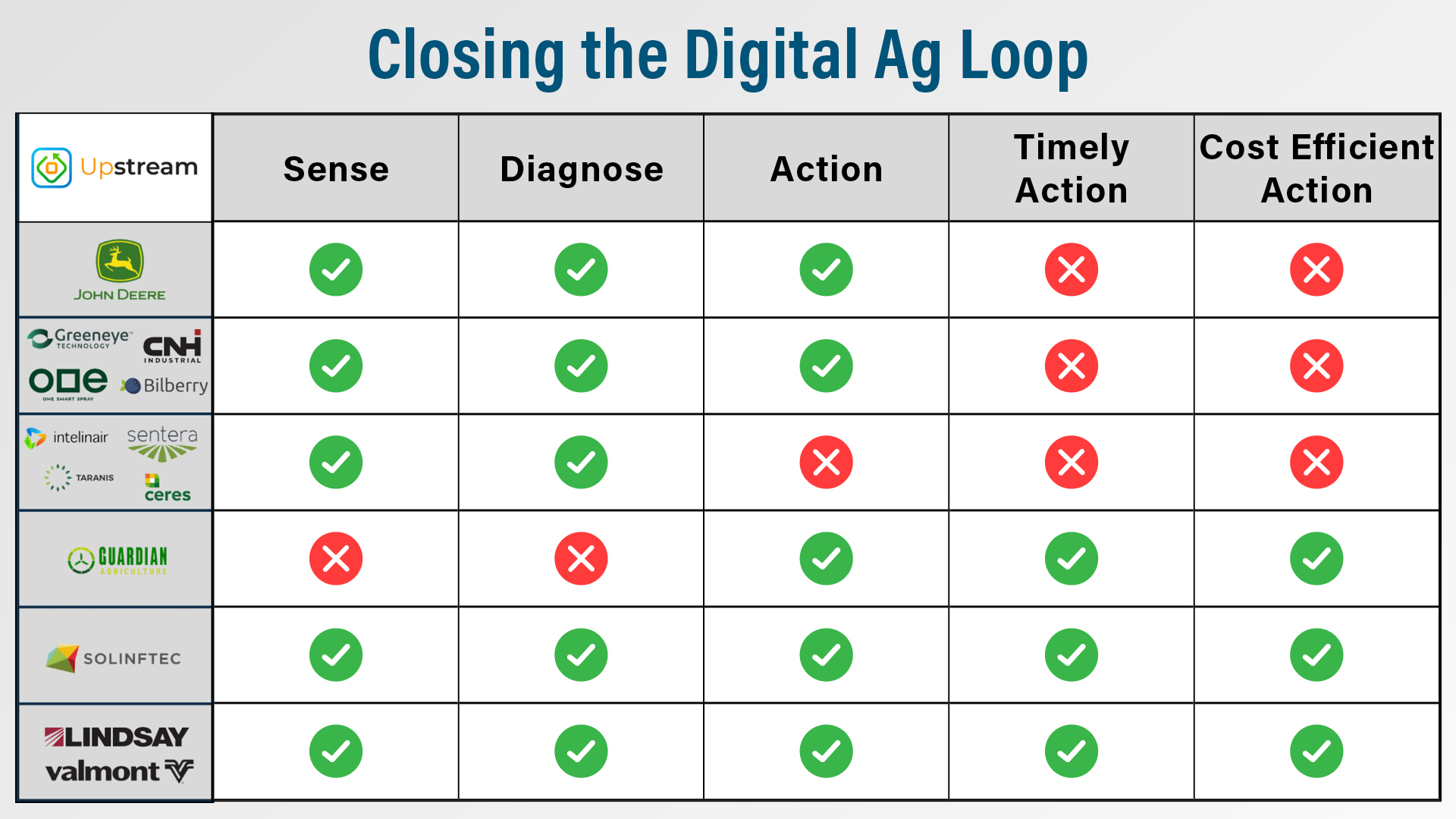Precision ag startup Sentera launched an Early Access Program to preview its Aerial WeedScout product. The company says the program will provide valuable feedback and build momentum for the 2025 commercial release of Aerial WeedScout.
Select input companies, equipment providers, retailers and farmers will be able to test the product through the program.
Aerial WeedScout is a selective herbicide application service that aims to lower the total use of herbicides for farmers by up to 70%. It uses aerial imaging from a drone and artificial intelligence to detect weeds and ultimately create prescriptions within 24 hours that can be executed through any precision sprayer.
“We’re fortunate at Sentera, we’ve got a fantastic machine learning, data science group, but we’re also one of the largest producers of sensors. We actually design and build them in the U.S. On more than 80 acres per hour of flight, we’re capturing one-and-a-half-millimeter imagery of that field. Every pixel is 1 and a half millimeter. To see a 6-millimeter weed, you’ve got to have more than one pixel of green. This is really phenomenal. We have a direct georeferencing technology that allows us to dramatically increase the rate of coverage where we can go and map a whole field and on an hour-by-hour basis, we can stay ahead of that sprayer.”
Shane Thomas did an in-depth breakdown of the technology in his Upstream Ag Insights newsletter. He says Aerial WeedScout will generate interest from customers because it addresses the shortcomings of other precision sprayers, like pricing, speed and uncertainty of herbicide volumes needed, but it also might face an uphill battle because of the 24-hour delay between sensing and action.

Check out this table Thomas put together, comparing the other commercially available precision spraying products. You’ll see Sentera in the middle there, checking the sense and diagnose boxes, but not the action boxes.
The Aerial WeedScout Early Access Program will cover over 10,000 acres across Illinois, Iowa, Minnesota, North Dakota and South Dakota in 2024.




![[Technology Corner] Discussing AI’s Potential Impact on Service & Support](https://www.precisionfarmingdealer.com/ext/resources/2025/04/11/Discussing-AIs-Potential-Impact-on-Service--Support.png?height=290&t=1744385717&width=400)


